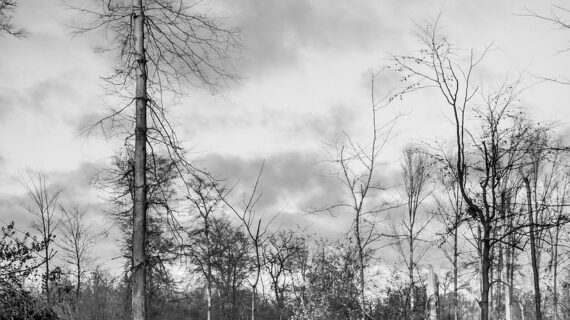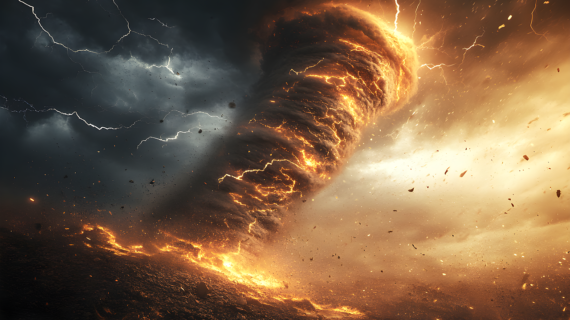The Future of Local Weather: Droughts, Storms, and Rising Temperatures Due to Climate Change
Weather
1. Rising Temperatures & Heatwaves

Global temperature rise: Regions worldwide have experienced a 1.2°C increase in average temperatures.
Increased frequency and intensity of heatwaves: Heatwaves in cities like Phoenix and Paris have become more frequent and intense as temperatures continue to rise, directly threatening public health.
Health risks: Higher temperatures increase the risk of heatstroke, especially among vulnerable populations such as the elderly and young children.
Infrastructure damage: Prolonged heat damages roads and railways, disrupting transportation systems and causing costly repairs.
2. Shifting Rainfall Patterns
Erratic rainfall: Extended dry periods followed by intense rainfall create water management challenges in many regions.
Droughts: Prolonged droughts in areas like the American Southwest and parts of East Africa have strained agriculture and water supplies.
Flooding: Heavy rainfall causes flash floods in cities such as Jakarta and Houston, damaging property and infrastructure.
Impact on agriculture: Farmers struggle to plan crops due to unpredictable growing conditions, making agriculture more challenging and less reliable.
3. Extreme Weather Events

Stronger hurricanes and cyclones: Warmer ocean temperatures are fueling more powerful hurricanes and cyclones, leading to greater destruction.
Hurricane damage: Coastal cities are increasingly vulnerable to storms, as demonstrated by Hurricane Harvey’s impact.
Wildfires: Prolonged heat and drought conditions contribute to large wildfires, as seen in California and Australia, destroying homes and ecosystems.
4. Changes in Wind and Storm Tracks
Jet stream shifts: A slower, meandering jet stream leads to prolonged weather patterns, resulting in longer-lasting heatwaves or cold spells.
Polar vortex events: Cold air from the Arctic reaches lower latitudes, causing extreme cold events like the Texas freeze of 2021.
5. Agricultural and Ecosystem Impacts
Vulnerable crops: Major crops like corn and wheat are threatened by changing weather patterns, putting food security at risk.
Food security risks: Unpredictable weather leads to reduced crop yields, increasing the risk of hunger in vulnerable populations.
Ecosystem disruptions: Climate change alters animal migration patterns, plant growth, and ecosystems, leading to biodiversity loss.
6. Sea-Level Rise and Coastal Weather
Increased coastal flooding: Rising sea levels lead to more frequent tidal flooding in cities like Miami, threatening infrastructure and homes.
Coastal erosion: Higher sea levels erode coastal areas, displacing communities and disrupting livelihoods.
7. Mitigation and Adaptation Measures
Mitigation: Efforts to reduce greenhouse gas emissions, such as transitioning to renewable energy and adopting electric vehicles, are aimed at slowing climate change.
Adaptation: Communities are adapting by building flood defenses, planting drought-resistant crops, and upgrading infrastructure to withstand extreme weather events.
8. Ocean Warming and Acidification
Warming oceans: Oceans absorb most of the heat trapped by greenhouse gases, leading to higher ocean temperatures.
Coral bleaching: Higher water temperatures cause coral reefs to expel algae, leading to coral bleaching and the death of marine ecosystems.
Ocean acidification: Increased CO2 absorption makes oceans more acidic, harming marine life like shellfish and disrupting food chains.
9. Melting Glaciers and Polar Ice Caps
Glacial melt: Glaciers in the Himalayas, Andes, and Alps are retreating, threatening freshwater supplies for millions of people.
Rising sea levels: Melting polar ice caps in the Arctic and Antarctic are contributing to sea-level rise, increasing the risk of coastal flooding.
Loss of habitats: Melting ice reduces natural habitats for species like polar bears, seals, and penguins, threatening their survival.
10. Public Health Threats
Increased spread of diseases: Warmer temperatures expand the range of vector-borne diseases like malaria, dengue, and Lyme disease.
Deteriorating air quality: Wildfires and heatwaves exacerbate air pollution, increasing the prevalence of respiratory illnesses like asthma.
Water scarcity and sanitation issues: Droughts and erratic rainfall patterns strain water resources, leading to water shortages and potential sanitation crises in vulnerable regions.

